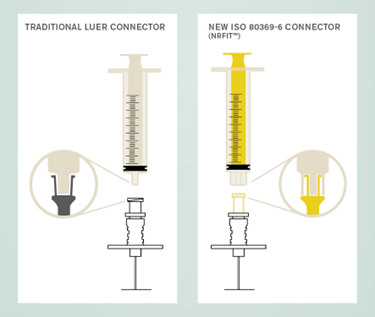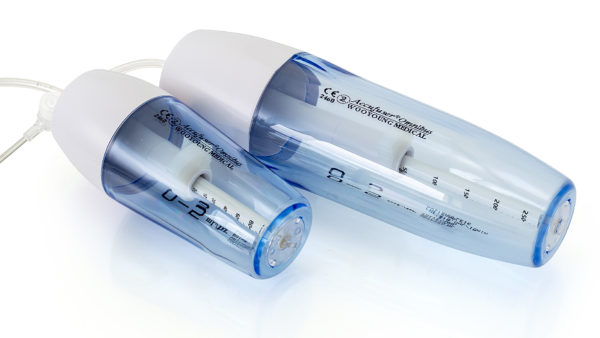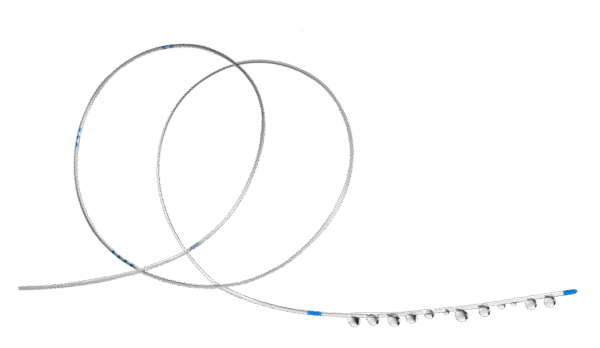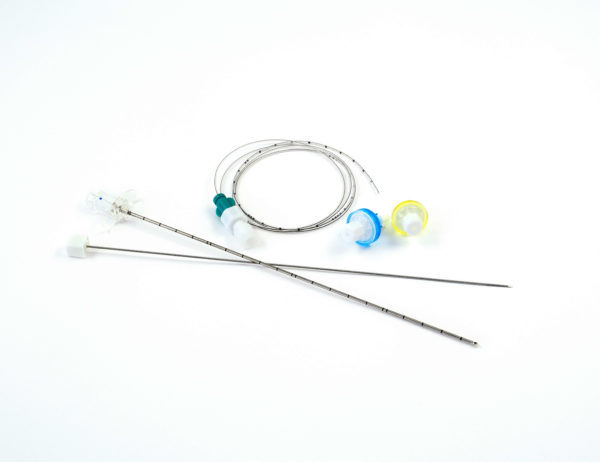
The luer connector has been around for over 100 years and increased usage has seen an increase in unintended administration of substances via inappropriate routes, causing accidental injury and death to patients.2 This has led to the development of the ISO standard neuraxial connector (ISO 80369-6) – trademark name NRFit®.
ISO 80369-6:2016 Small bore connectors for liquids and gases in healthcare applications – Part 6: Connectors for neuraxial applications aims to reducing injection of wrong substances via intrathecal, epidural and other neural routes. It specifies the design and dimension of small-bore connectors for all neural applications – neuraxial, peripheral and regional.1
The NRFit® connector looks similar to a luer connector, but is about 20% smaller, reducing the risk of cross-connection with luer or enteral connectors. The slip male connectors have a collar surrounding the connector.
‘The Australian and New Zealand College of Anaesthetists (ANZCA) and the Australian Commission on Safety and Quality in Health Care (the Commission) support the introduction of neuraxial connectors that comply with International Standard ISO 80369-6:2016 for neural devices as an important adjunct to improving patient safety.’1

NRFit® Available Products



- Australian Commission on Safety and Quality in Health Care and Australian and New Zealand College of Anaesthetists. Joint statement on neuraxial connectors and ISO 80369-6:2016. March 2017. Available from: www.safetyandquality.gov.au/sites/default/files/migrated/ANZCA-and-Commission-position-statement-on-neuraxial-connectors-2017Mar.pdf
- Cannons K, Shaw I. Changing practice for neuraxial applications using NRFit™ small-bore connectors to improve patient safety. British Journal of Nursing. 2025